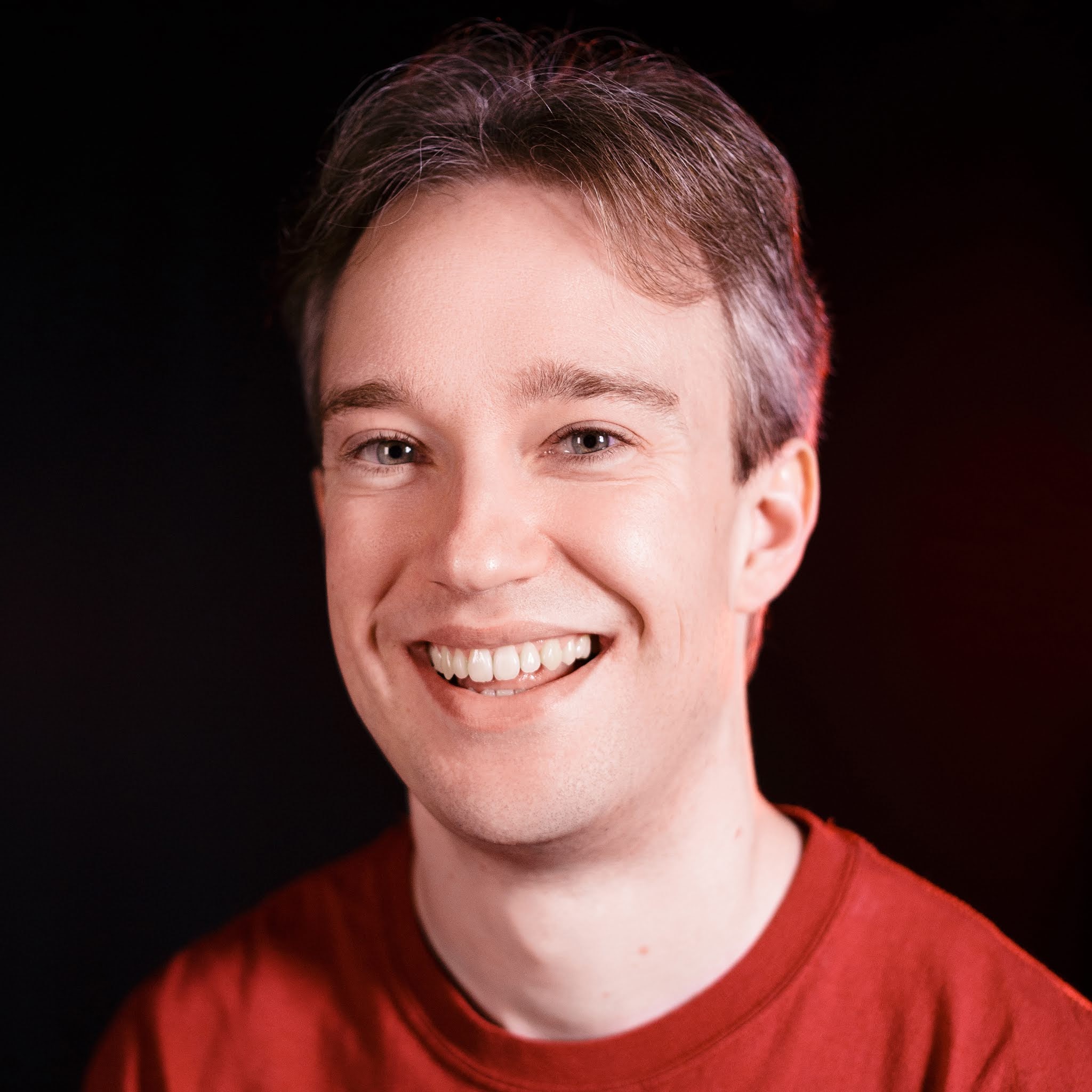2020-12-07
[public] 1.09M views, 99.0K likes, 433 dislikes audio only
The answer is, of course, a bit more complicated than you might think. •
Written with Molly Ruhl and Gretchen McCulloch. Gretchen's podcast has an episode all about this: https://lingthusiasm.com/post/154520059101/lingthusiasm-episode-1-speaking-a-single-language
Gretchen's book BECAUSE INTERNET, all about the evolution of internet language, is available:
🇺🇸 US: https://amzn.to/30tLpjT
🇨🇦 CA: https://amzn.to/2JsTYWH
🇬🇧 UK: https://amzn.to/31K8eRD
(Those are affiliate links that give a commission to me or Gretchen, depending on country!)
Graphics by William Marler: https://wmad.co.uk
Audio mix by Graham Haerther: https://haerther.net
REFERENCES:
Eberhard, D.M., Simons, G.F., and Fennig, C.D. (eds.). 2020. Ethnologue: Languages of the World. Twenty-third edition. Dallas, Texas: SIL International. http://www.ethnologue.com.
François, A. (2014). Trees, waves and linkages: Models of language diversification. In Evans, B. & Bowern, C. The Routledge Handbook of Historical Linguistics. (pp. 161-189). London: Routledge Ltd - M.U.A.
Heeringa, W., & Nerbonne, J. (2001). Dialect areas and dialect continua. Language Variation and Change, 13(3), 375-400. doi:10.1017/S0954394501133041
Burridge, J. (2017). Spatial evolution of human dialects. Physical Review. X, 7(3), 031008.
Libermann, M. (2003). This is not middle earth. LanguageLog. http://itre.cis.upenn.edu/~myl/languagelog/archives/000214.html
Labov, W. (1973). Sociolinguistic patterns (Conduct and communication, 4). Philadelphia, PA: University of Pennsylvania Press.
Laakso, J. (2018). Language borders and cultural encounters: A linguistic view on interdisciplinarity in the research of intercultural contacts. In Palander, M., Riionheimo, H., & Koivisto, V. On the border of language and dialect. (pp. 38-55) Studia Fennica Linguistica
Lupyan, Gary, & Dale, Rick. (2016). Why Are There Different Languages? The Role of Adaptation in Linguistic Diversity. Trends in Cognitive Sciences, 20(9), 649-660.
Bybee, J. L. (2006). From Usage to Grammar: The Mind's Response to Repetition. Language (Baltimore), 82(4), 711-733.
Bucholtz, M. & Hall, K. (2005) Identity and interaction: A sociocultural linguistic approach. Discourse Studies. vol. 7 (4-2): 585-614.
Bucholtz, M. (1999). “Why be normal?”: Language and identity practices in a community of nerd girls. Language in Society, 28(2), 203-223.
Steels, L. (2011). Modeling the cultural evolution of language. Physics of Life Reviews, 8(4), 339-356.
Honkola, T., Ruokolainen, K., Syrjänen, K., Leino, U. P., Tammi, I., Wahlberg, N., & Vesakoski, O. (2018). Evolution within a language: environmental differences contribute to divergence of dialect groups. BMC evolutionary biology, 18(1), 132. https://doi.org/10.1186/s12862-018-1238-6
Austin, P.K. & Sallabank, J. (2011). Cambridge Handbook of Endangered Languages. Cambridge University Press.
New York Times / Associated Press (2017). Icelanders Seek to Keep Their Language Alive and Out of ‘the Latin Bin’
🟥 MORE FROM TOM: https://www.tomscott.com/
(you can find contact details and social links there too)
📰 WEEKLY NEWSLETTER with good stuff from the rest of the internet: https://www.tomscott.com/newsletter/
❓ LATERAL, free weekly podcast: https://lateralcast.com/ https://youtube.com/lateralcast/
➕ TOM SCOTT PLUS: https://youtube.com/tomscottplus
👥 THE TECHNICAL DIFFICULTIES: https://youtube.com/techdif
/youtube/video/dUnGvH8fUUc
/youtube/channel/UCBa659QWEk1AI4Tg--mrJ2A
/youtube/video/N1AL2EMvVy0
youtube.com/watch?v=v3SmJ2Do7A8

